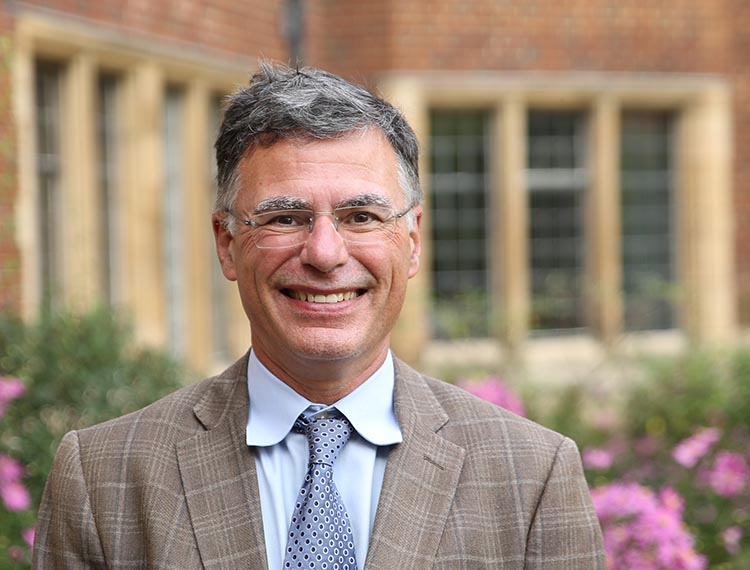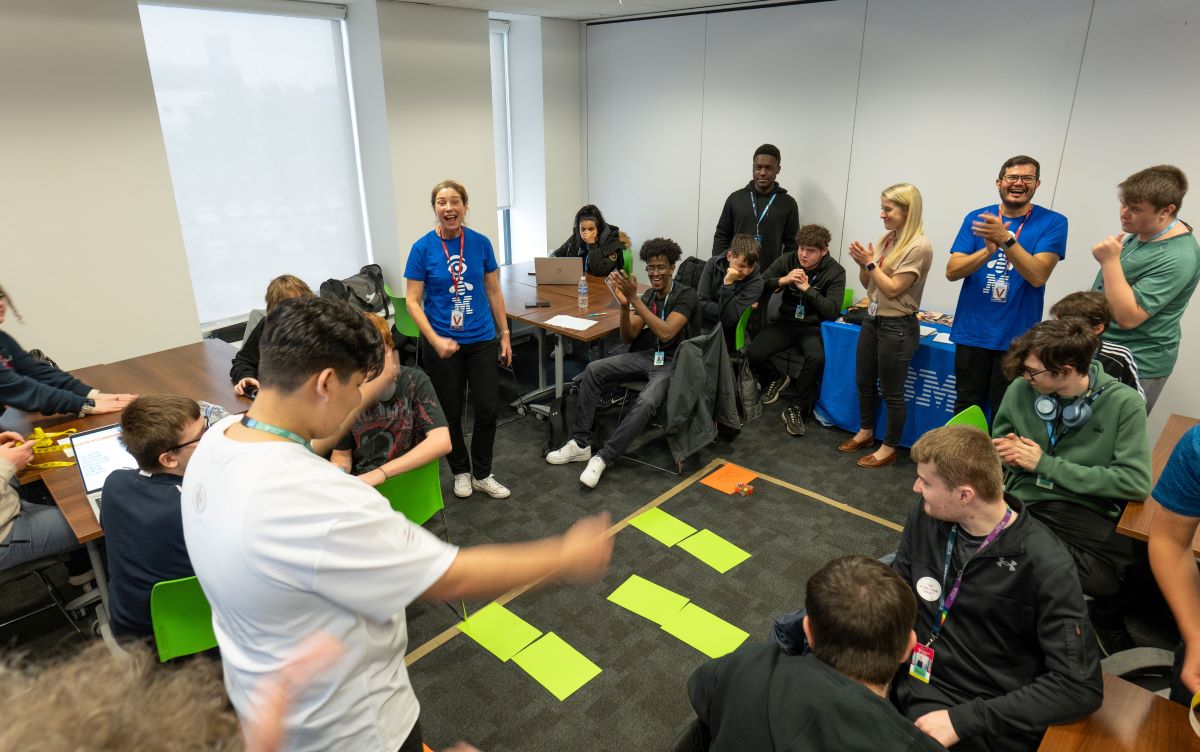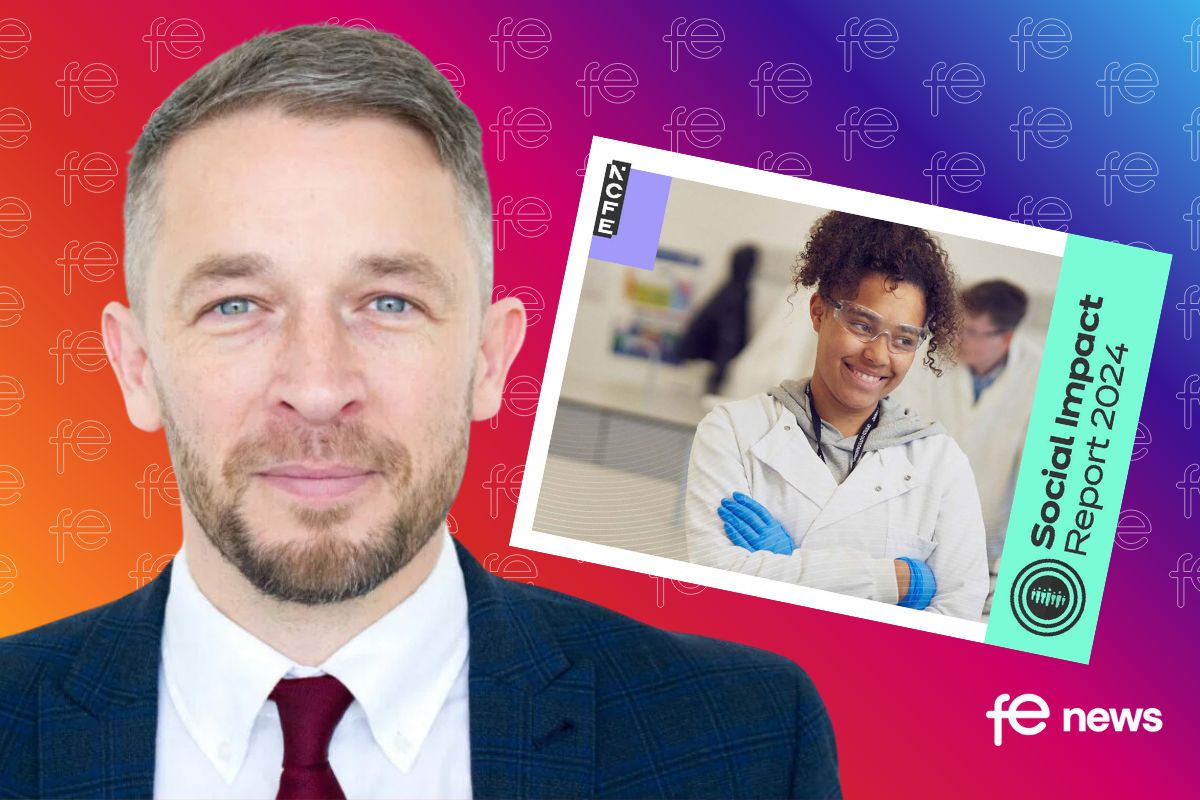A cleaner, greener future starts with youth empowerment

#COP26 – No CoP-out for young people
Large groups of young people have been protesting outside COP26, the Glasgow Climate Conference, demanding deep, urgent action to ensure their world will be habitable, humane, and stable.
The New York Times quoted Vanessa Nakate, a 24-year-old Ugandan climate justice activist, who offered a vision of the world where “the power of the people finally won. The world is green again. Nature has been restored. The planet and creation are respected. Another world is necessary. Another world is possible.”
Inside the conference hall, delegates were hammering out comparatively modest proposals on methane gas emissions, deforestation, and clean energy in a bid to undo some of the damage that we have done to our planet—most with implementation deadlines that were well beyond their own political or corporate careers.
COP26 is the 26th meeting that brings parties together to accelerate action towards climate change and assess progress on UN Framework Convention on Climate Change, including progress on the 2015 Paris Agreement. Hundreds of thousands of delegates have attended over the years. The problem, and its solutions, have been clear for decades. Yet commitments remain modest and the track record of action poor.
There have been some important victories, for example on ozone, acid rain, and clean energy research. But there’s still a lot to be done. Targets have been consistently missed. The warming of the earth and climate change is accelerating.
People are still addicted to unsustainable consumption patterns. Most world’s energy production still relies on fossil fuels. And too many politicians, afraid of upsetting their voters and financiers, aren’t implementing meaningful steps to curb warming. Change meets resistance at nearly every turn.
Empowering our youth is critical for a greener future
What is curious to me is that so many people are arguably more conscious of the climate emergency now than 30 years ago, but seemingly unwilling or unable to act to make a difference through the changes in lifestyle or policy.
Change is hard. The attitudes and habits of each generation and their leaders are deeply ingrained. They are also very much influenced by early life experiences. Might older generations be too accustomed to living in so many unsustainable ways and to discounting the consequences for the future?
When it comes to meaningful, deep action on climate change, I’ll place my bets on our youth. They are growing up in a world that has been visibly shaken by climate change. Many are clear-eyed that discounting the future means ruin—not vaguely for future generations, but for themselves, in their own lifetimes. Their experiences make them more able to understand the consequences of climate change and more passionate to act.
We can help the next generation by supporting their education now. Education will empower—and motivate them—to build the world they want. At a minimum, education will help our youth cope with climate change. Above that, it will give young people the skills to shape the world by working more effectively at the intersection of the economy, environment, and technology.
Here’s what we need to do:
- Make universal primary and secondary education a matter of urgency. Education helps people adapt to climate change because it enhances abilities to absorb information, calculate risk, prepare for climate shocks, and recover from them. With the majority of the world’s children now living in Africa and South Asia, special efforts are needed to ensure these school systems are well-resourced. Approximately 250 million children and youth around the world are not in school, and for many in school, learning achievement is not where it should be.
- Strengthen STEM education to help young people understand physical changes in their environment, and give them the tools they need to invent, innovate and adopt technology. Let’s aim to cultivate a generation of scientifically literate school graduates—young people who can think like scientists and who can make better decisions in their daily lives. Let’s support technical and vocational education and training systems that produce skilled professionals to serve a green economy; and universities that produce leaders in the fields of climate science, engineering, natural resource management, and environmental studies.
- Support environmental education as a standalone subject and/or as a cross-cutting theme in the school curriculum and teacher training programs. Schools should cultivate the values and knowledge that young people can use to live more sustainable lives and encourage them to live with wonder and show concern for nature.
- Cultivate young people’s leadership by using active learning models that engage children in exploration of their environment, problem solving, and collaborative learning. In doing so, educators should pay particular attention to fostering leadership among girls and other marginalized young people, understanding the value that diverse life experiences and deep commitments to equity will bring to the development process.
- Build schools that reflect environmental principles. Schools can inspire young people by having them learn in an environment that models care for the planet. Schools that demonstrate efficient use of clean water and renewable energy, for example, can spark a child’s imagination and provide them a chance to interact with the environment throughout their school years. Schools should be strong enough to withstand extreme weather events, and in high-risk areas they could even potentially double as emergency shelters for those in need.
By improving education systems, we can help the next generation realize their vision for a more sustainable world. They’ve got potential and the motivation. Let’s give them the tools to get the job done.
Christopher Thomas, Director of Partnerships, Yidan Prize Foundation











Responses